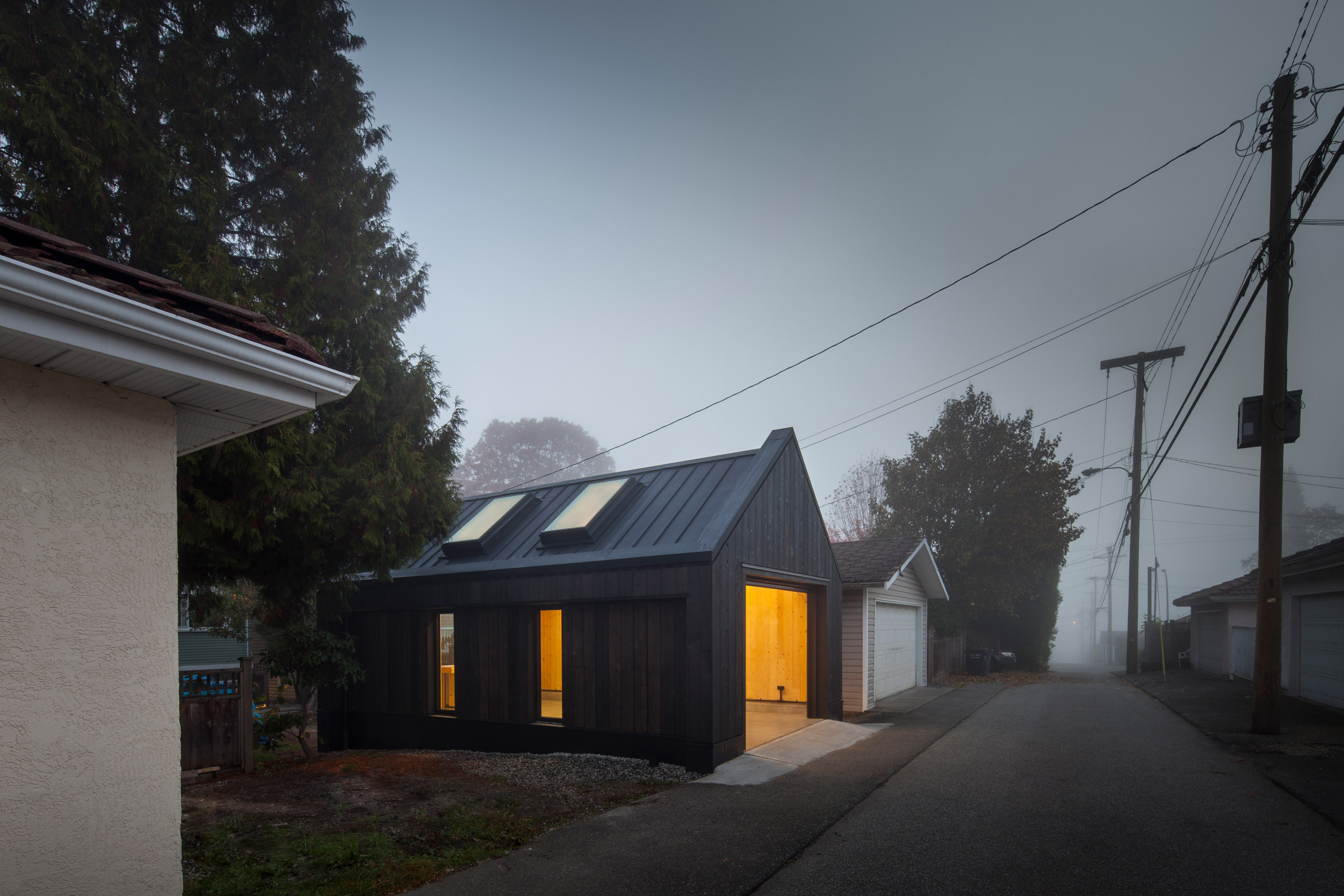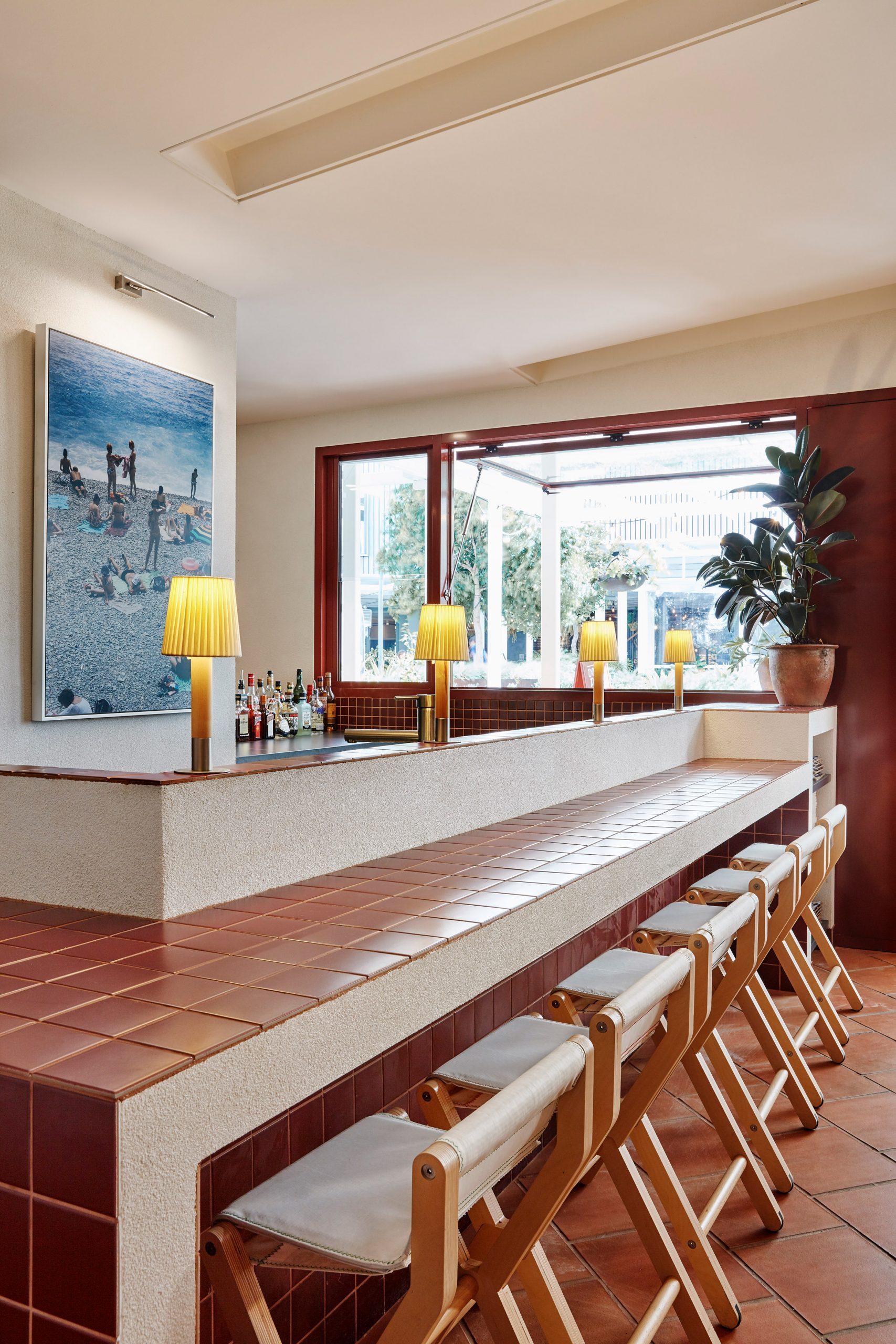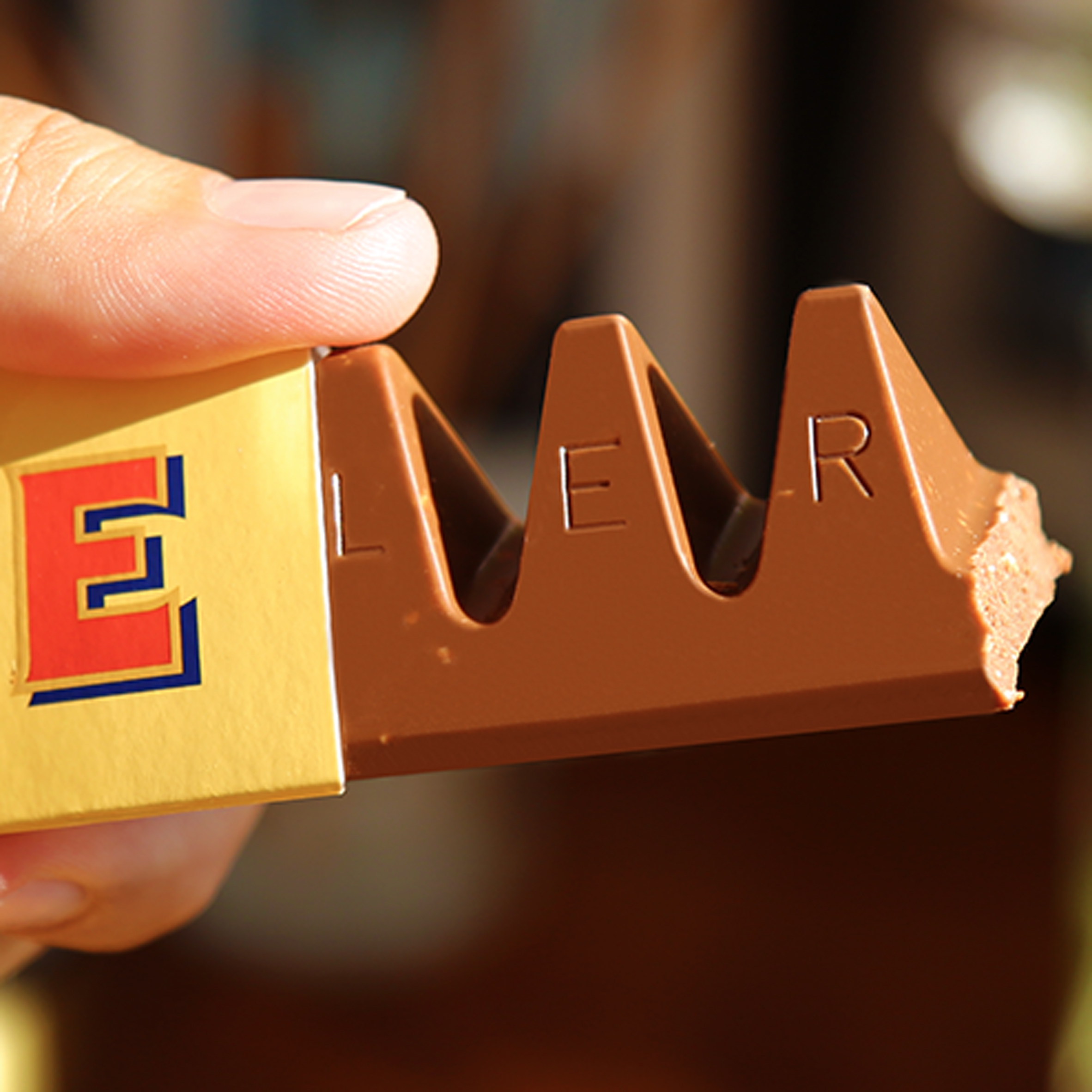
German jewellery designer Saskia Diez has created face masks with detachable chains plated in silver and gold.
Diez told Dezeen she hoped the design would make the devices, which have become mandatory in many situations due to the coronavirus pandemic, feel "less medical".
"It feels more like wearing an accessory than something you're being forced to wear," she told Dezeen.
The Munich-based designer produced the first batch of lightweight cotton masks with 50-centimetre-long metal or nylon chains that allow them to be worn like a necklace for her store in April, before publicising the products on her website and Instagram account in May.

However, with designers rushing to put their own spin on face masks, covers with chain-link attachments have proved controversial. In an Instagram post by fashion watchdog Diet Prada, clothing seller We Wore What was called out for allegedly copying the design from fellow New York brand Second Wind.
After By Second Wind had launched its own chained masks in June, We Wore What direct messaged the brand asking for a mask, only to launch chained masks with a very similar design soon after being gifted it in July.
Diez believes she was the first to launch chained masks in April this year, but sees the addition of chains to face masks as a natural progression from the chains used to hold reading glasses.

"The date I made them and launched them was clearly before these two brands, and I did not see anyone else doing any at that time either," said Diez.
"Maybe Second Wind had seen my work, but maybe she did not. But, actually, I think making masks that you can hang around your neck was a natural thing to do, especially with the hype of the glasses chains in the last years," she continued.

Diez told Dezeen that the idea started off as her sewing some simple face masks out of old shirts for herself and her children at the beginning of March in the wake of the pandemic.
"Everybody always forgot to take it or left them somewhere," she explained. "And a friend of mine said, wouldn't it be great to have a chain like the glasses chain we had in the collection."
"So I did a few, bought fabric and got masks sewn by a tailor for our store in Munich. We sold out immediately, so we did more, I posted a picture [on Instagram] and from that day onwards we were inundated with orders."

To keep the production price low at the start, the designer initially bought leftover brass chains from her brand's various suppliers. Since then, she now has three tailors sewing the masks, which are prepared in different workshops.
The detachable chains, which are plated in gunmetal, silver or gold, allow the wearer to hang the mask around their neck when not in use.
"I have one around my neck all the time and I have gotten very used to it," she said. "I have a black one with a dark chain when I am wearing black, a taupe one with a golden chain when I wear colour or neutrals, and a white one with a silver chain when I wear white or blue or grey."
Another practical yet fashion-forward masks was an expandable face covering made from washable fabric made from recycled plastic bottles by wearable technology company Petit Pli.
Artist Danielle Baskin also set up a company, called Resting Risk Face, that will print user's faces on N95 masks so they can use facial recognition technology while wearing them.
The post Saskia Diez adds chains to face masks to make them feel "more like wearing an accessory" appeared first on Dezeen.
from Dezeen https://ift.tt/30kGogD






















